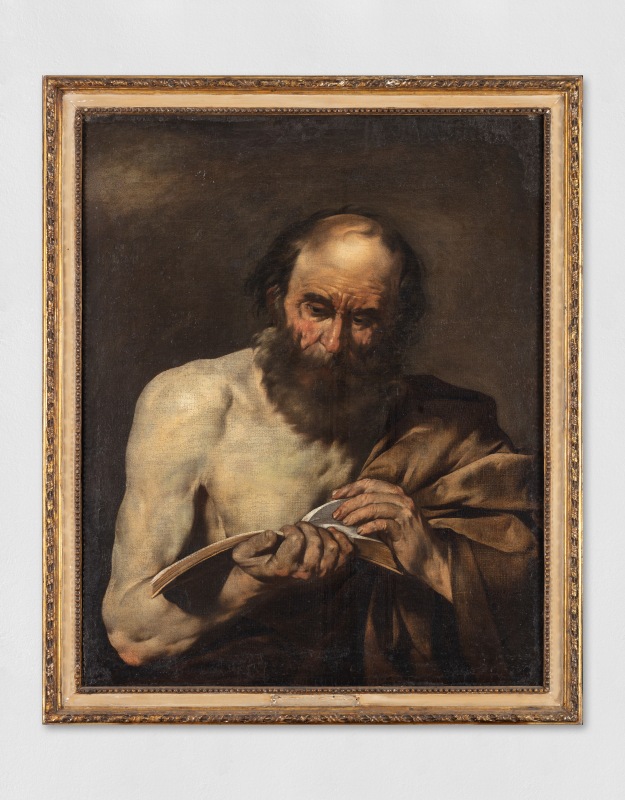-
Biography
Neapolitan School (17th century)
In the 17th century, Neapolitan art reached an unprecedented refinement, shaped by the turbulence of the era. Creative production reflected the opulence of Naples, Italy’s most populous city, which, after centuries of Spanish rule, experienced a new wave of feudalisation following the insurrections led by Masaniello.
Several cataclysmic and historical events characterised and influenced the socio-cultural evolution of the city, particularly in the realm of furnishing and decorating the interiors of religious structures. Painters, sculptors, cabinet-makers, plasterers, silversmiths, gilders, tilers and weavers – both local and from other parts of Italy or Europe – adhered to the Mannerist style mandated by the Church of Rome, especially in the field of painting.
This connection was further strengthened by Caravaggio’s two visits to the city, first in 1607 and again in 1609.
From the second half of the 17th century, Mannerism evolved in accordance with the Roman and Emilian Baroque, as well as Venetian painting. Artistic compositions were characterised by large cycles of luminous frescoes, designed for religious buildings and public places in the city. Saints and Madonnas were often portrayed as intermediaries between the people and the divine.
Photo UniCredit Group (Sebastiano Pellion di Persano)
-
Works
Neapolitan School XVII Century
San GerolamoOil on canvas / Olio su tela / Öl auf Leinwand31 1/8 x 25 1/4 in
79 x 64 cmUniCredit S.p.A.Photo: UniCredit Group (Sebastiano Pellion di Persano)
Join our mailing list
* denotes required fields
In order to respond to your enquiry, we will process the personal data you have supplied in accordance with our privacy policy.






